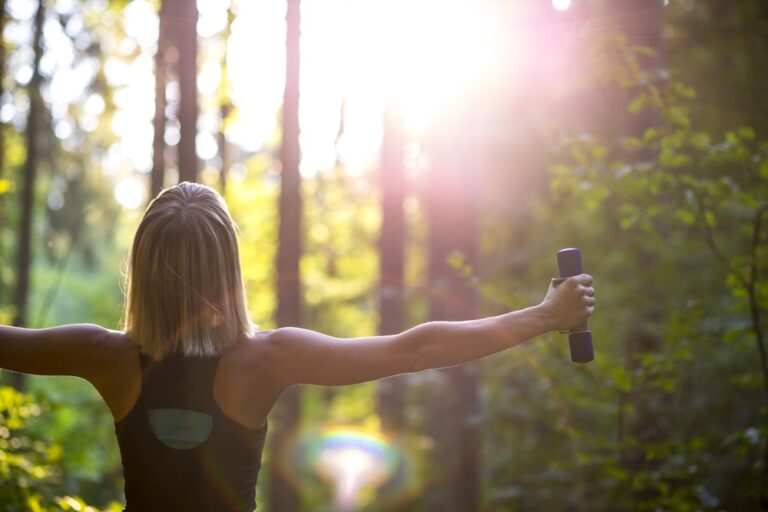Health professionals and fitness enthusiasts have long known that regular physical activity provides numerous health benefits, including the prevention of chronic conditions such as cardiovascular disease, diabetes, some cancers and osteoporosis.
Despite all these benefits, more than three in four adults in the United States exercise far less than the recommended 150 to 300 minutes per week of moderate physical activity or 75 to 150 minutes per week of vigorous physical activity.
Research has also shown that outdoor spaces, such as parks and trails, are effective environments for physical activity.
Being in nature provides physical and mental health benefits similar to those of physical activity. The research makes clear that natural environments can be an effective location for promoting physical activity. People generally enjoy being outdoors, with parks, walking trails and community gardens being the most enjoyed
popular locations.
Factors that make these locations more attractive to visitors include physical features such as community centers, playgrounds, lighting and clear signage, as well as natural features such as tree canopies and bodies of water that are well maintained.
Who practices in green spaces
The use of parks and green spaces for physical activity varies by demographic group, with men more likely than women to use these spaces for physical activity. Additionally, a study of parks in Los Angeles found that black adults are less likely than white adults to participate in physical activity in parks, while English-speaking Latinos are equally likely and Asian/Pacific Islanders are more likely to do so.
“Some groups – Black, Indigenous and other people of color and immigrant and refugee populations,
for example, have often experienced historical or current discrimination that hinders their use of natural areas, and they routinely have less access to high-quality parks,” Frumkin said. “In addition, children, the elderly and people with disabilities face challenges in accessing nature reserves. Ensuring these spaces are safe and easy to navigate, with the right programming, could help increase this
their use of parks and other natural environments.”
Go outside
With this complexity in mind, Maddock and Frumkin offer four options that healthcare professionals can implement to encourage their patients’ use of parks and other natural environments.
Back to nature
One of these is simply “prescribing” nature contact to patients.
“Recommending that patients spend more time in these environments is known as nature prescriptions or ‘ParkRx,’ and while more research is needed, the studies to date suggest this approach is effective,” Maddock said.
Health professionals as examples
Another is that health professionals can model this behavior by engaging in it themselves. This modeling has been shown to be effective in promoting healthy behaviors while improving the well-being of healthcare workers.
Promote green spaces
A third approach is for health care workers to participate in community efforts that promote the use of outdoor spaces, such as Houston’s Be Well Communities initiative, which is supported by the MD Anderson Cancer Center.
Financing for green projects
Finally, health professionals could help create and maintain parks and green spaces by directing funds to these efforts through Community Health Need Assessments, Medicaid funds, and health care transition foundation funds.
“It is clear that using parks and natural environments for physical activity could be a potentially powerful tool to promote two important health behaviors simultaneously,” says Maddock.
said. “This could be especially important because the majority of Americans don’t get enough exercise or spend enough time outdoors.”

